| In 1849, shouts of “Eureka!” could be heard along streams and in mines across California. Gold was discovered in the Trinities by adventurous land-travelers a year earlier and it would only be about a year after the Josiah Gregg expedition landed in Humboldt Bay in 1849 until a small town on the bay would take “Eureka” as its namesake. |
| A town sprung up alongside the bay, serving as a landing point for newcomers arriving by ship. Eureka wasn’t alone, however: Bucksport and Arcata (then called Union or Union Town) established themselves as landing points where miners could stock up and head north to the Trinities to strike it rich- at least that was their plan. |
| Early mining consisted of gold panning, the stereotypical miner crouched by a river running sand through water in a pan to pick out the gold within. After the easily accessible gold was mostly harvested, hydraulic mining took over, employing formerly solo miners into mining companies, which could afford the expensive equipment required. The process of hydraulic mining, created during the Gold Rush in California, consisted of shooting large quantities of highly pressurized water at hillsides, releasing gravel which was then sifted through to find the gold within. The process led to high levels of gold being harvested as more gravel was processed by fewer people, but the process also led to the demolition of whole hills, an increase in rivers filling with sediment causing flooding, changes in river courses, and irreparable landscape damage. On the Klamath River, the flooding of sediment impacted the river’s legendary salmon runs as well. |
| The story goes that Petrolia, as the area was now known, had oil that was such high quality, it needed little to no refining, making it a potential goldmine for drillers. It wouldn’t be a quick, cheap, or easy process though. Oil drilling requires a large investment in capital to purchase supplies and construct the infrastructure needed to drill. Humboldt County may have been rich in resources, but not money-or wealthy investors. Access to coastal, southern Humboldt County was difficult at best and impossible at worst, making it nearly impossible for the industrial supplies needed to construct and maintain the oil drills to get to Humboldt County. Transporting the oil out of rural southern Humboldt was also a challenge. Certain ships could get to the area, but as the steamship became a more popular mode of transportation, many companies refused to ship oil due to its flammability. |
| Fishing became a popular industry as settlers established claims and began building their lives along the rivers of Humboldt County. In the first commercial fishing season on the Eel River in 1853, 250,000 pounds of salmon were harvested. There were no limits on take, so people strung nets across the river and hitched horses to the nets to harvest incredible amounts of fish. Companies formed to package and process the fish, which was transported around the country. Whaling was of interest around the Humboldt Bay area, with records showing the Captain H.H. Buhne owned a whaling ship and would go whaling on occasion. Whaling, however, would peak in popularity in the 1920s and 1930s. |

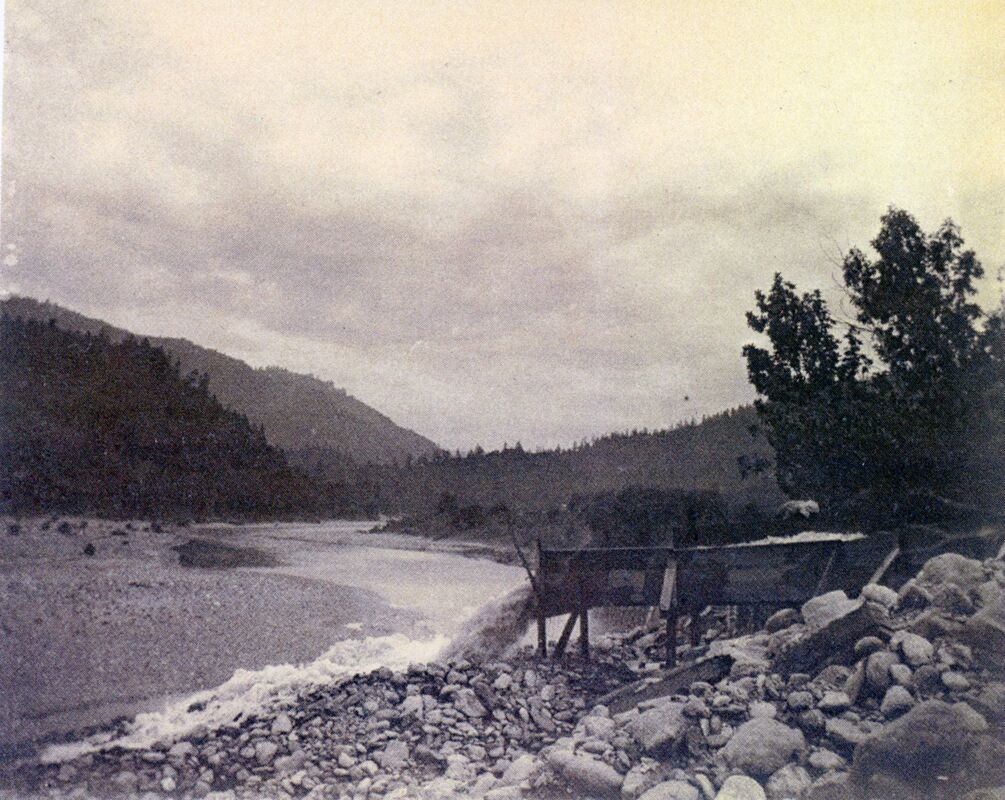
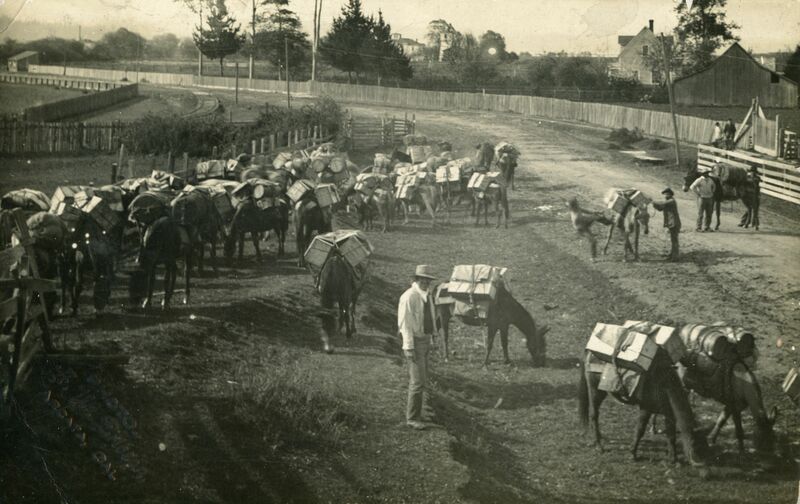
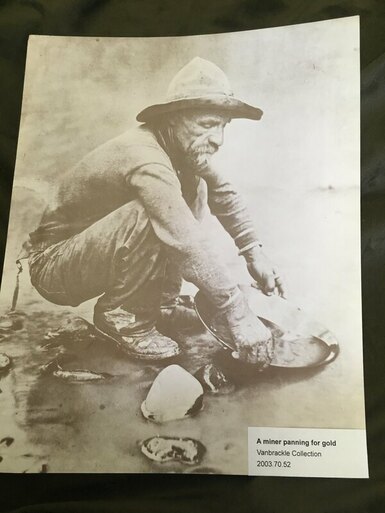
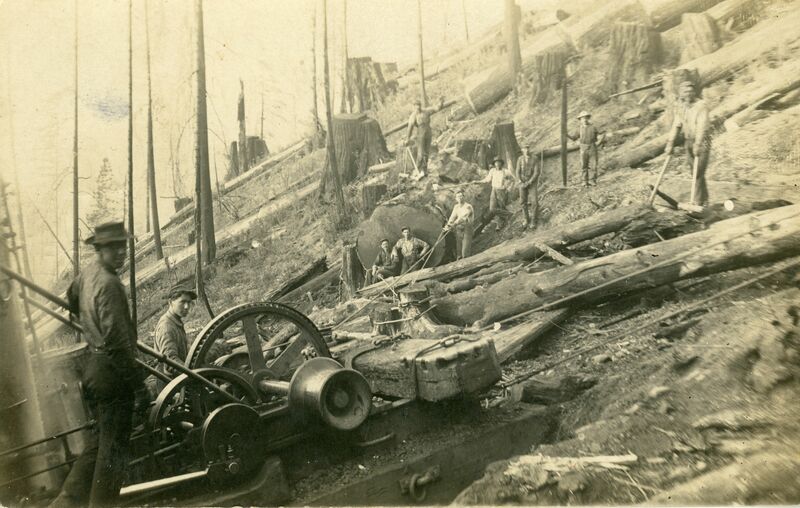
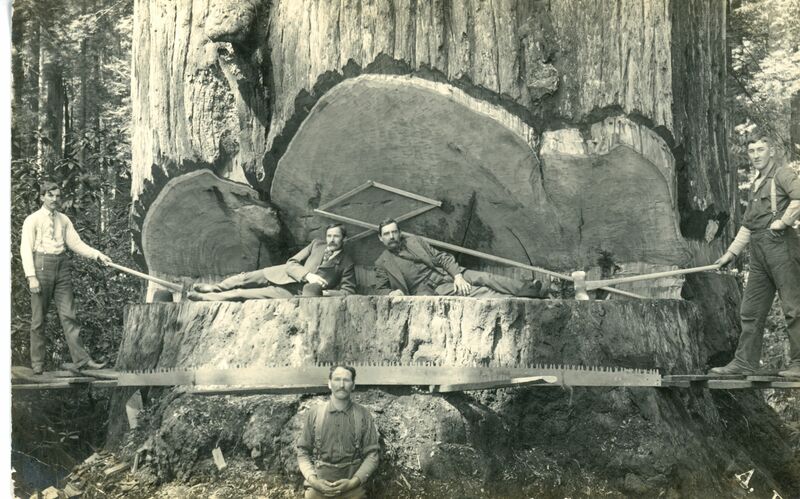
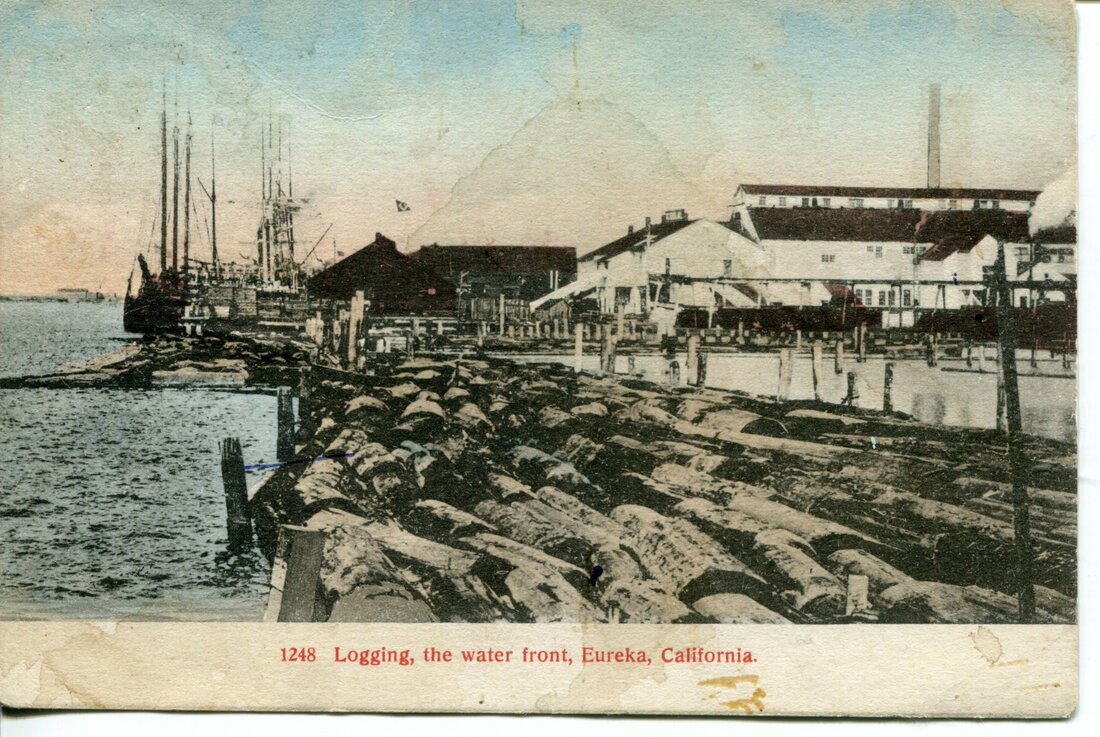
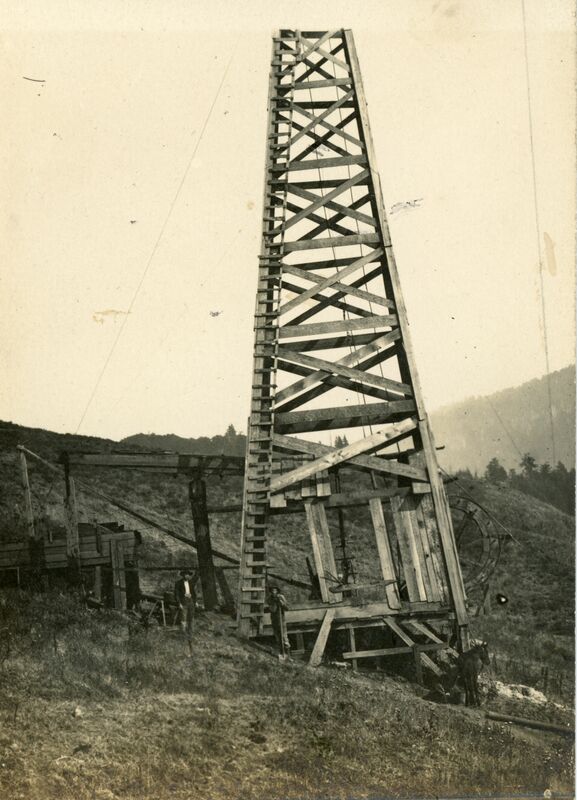
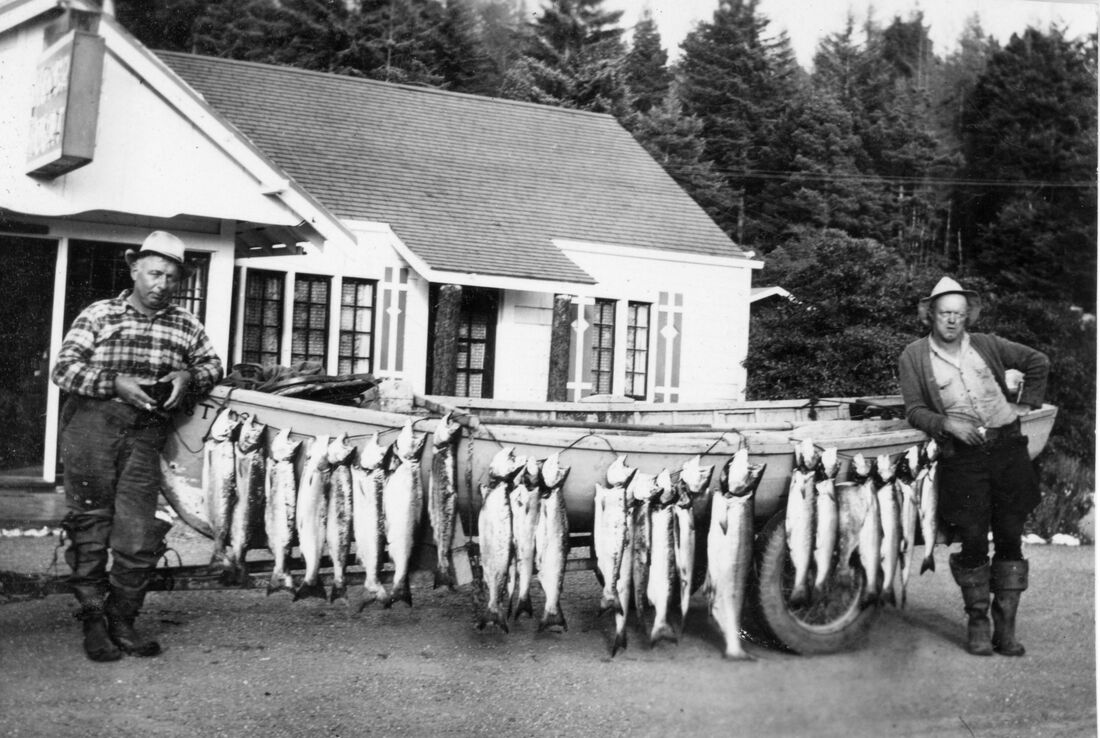
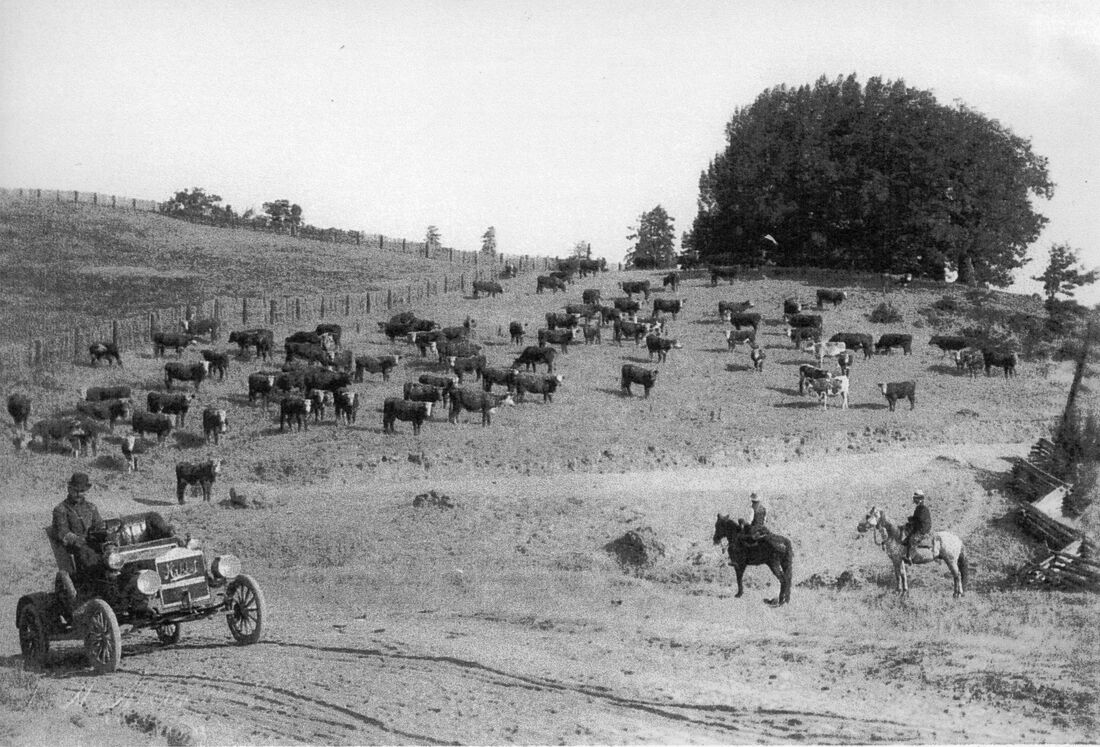
 RSS Feed
RSS Feed